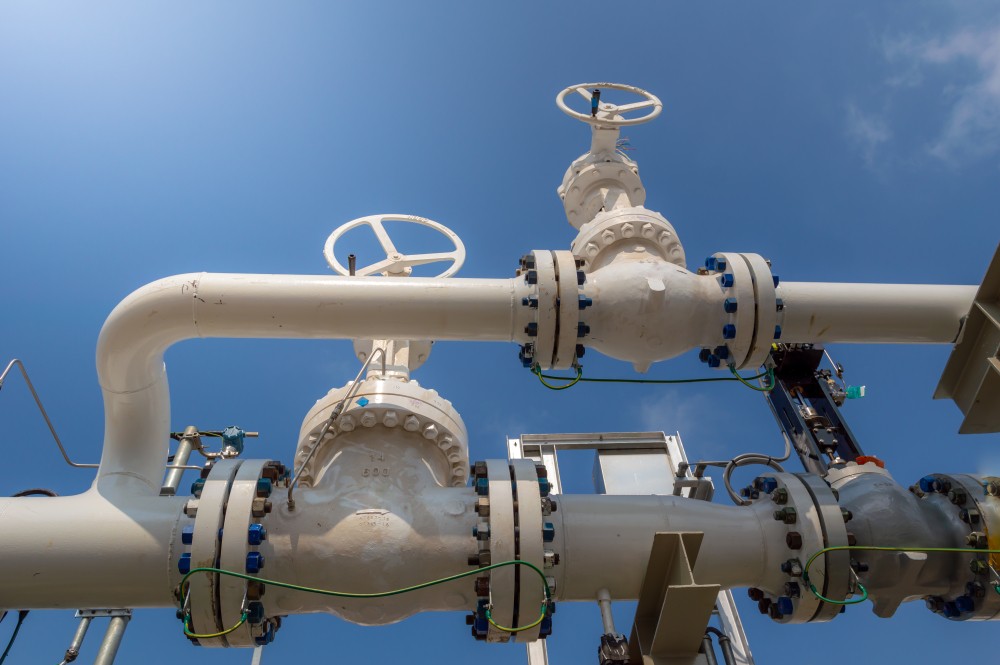In the dynamic global trade landscape, China has long been a pivotal player as a major exporter and a voracious importer of vital commodities. However, the recent data on the import into China has raised eyebrows, highlighting a notable deceleration in the country’s demand for critical resources. Amid China’s economic struggles to revive growth, import decline prompts analysts to closely examine potential consequences for implications.
China’s Appetite for Commodities Loses Steam
China’s economic prowess, marked by its impressive infrastructure projects and robust manufacturing sector, has positioned it as the world’s largest buyer of significant commodities. Crude oil, copper, and iron ore are the lifeblood of China’s development, fueling its factories and power plants. Yet, recent indicators reveal a sluggishness in this vital sector.
In July, crude oil imports stumbled, plummeting by 18.8% compared to June’s figures. This marked the lowest daily average since October of the previous year. The sudden downturn follows June’s remarkable import numbers, the second-highest recorded. Similar trends emerge in copper imports; July’s figures increased marginally from June but were down 2.7% from the previous year.
China Import Tax: Unravelling the Factors Behind the Slowdown
Several factors contributed to the unexpected reduction in the import into China. Global economic uncertainties, including the lingering effects of the pandemic, have cast a shadow on China’s growth prospects. China’s green transition may alter crude oil demand due to carbon reduction efforts and the adoption of greener technologies. Furthermore, disruptions in supply chains and fluctuations in global commodity prices have played a role in this import slump.
In conclusion, as the dust settles on July’s underwhelming import figures, the questions remain: What lies ahead for China’s import landscape, and how might this impact the broader global economy? The current scenario underscores the intricate interplay between economic policies, environmental commitments, and supply chain dynamics. Policymakers in continental China might need to recalibrate strategies. Therefore, consider measures such as adjusting the China import tax to address these challenges. As China capitalises on its strengths and navigates the evolving trade landscape, the world watches closely to discern the trajectory of the import into China and its far-reaching implications.









COMMENTS